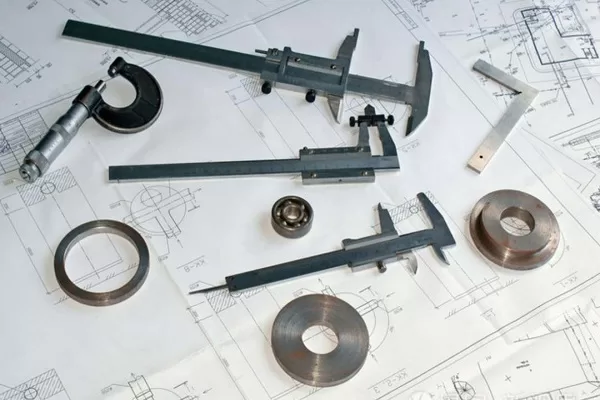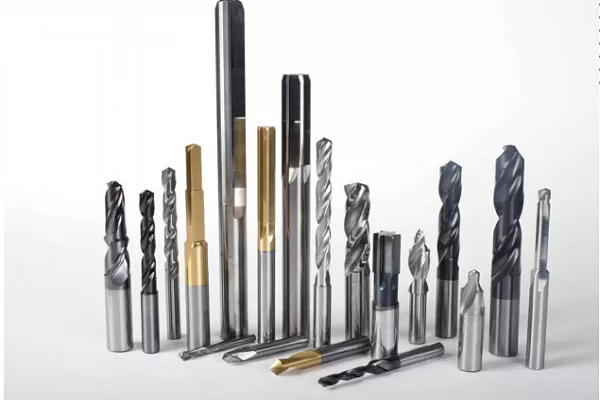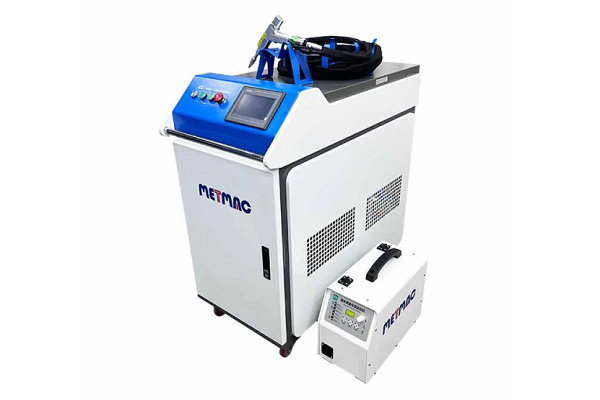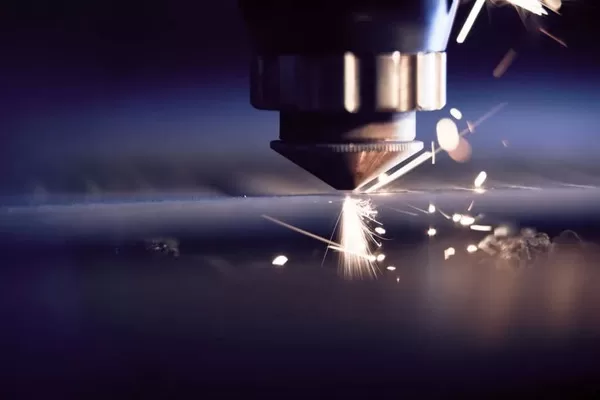
Rolling Trends- Emerging Developments in Metal Plate Rolling
- By:Metmac
- 2024-05-14
- 79
The metal plate rolling industry is witnessing a surge in technological advancements that are revolutionizing production processes and enhancing end-product quality. This article delves into the emerging developments shaping this sector, highlighting key trends that are transforming the way metal plates are produced.
Digitalization and Automation
Digitalization and automation are at the forefront of rolling trend innovation. Computer numerical control (CNC) systems, combined with advanced software, are automating processes throughout the rolling mill, from material handling to quality control. This integration streamlines operations, reduces labor costs, and enhances precision and accuracy in both plate thickness and shape.
Advanced Sensing Technologies
Non-destructive testing (NDT) technologies are gaining prominence in metal plate rolling. Ultrasonic and eddy current techniques are employed to detect flaws and defects, ensuring the integrity and quality of the rolled plates. These advanced sensing systems provide real-time monitoring during the rolling process, allowing for timely adjustments and defect mitigation.
Customized Roll Designing
The advent of advanced CAD/CAM software has facilitated the design and manufacture of customized rolls for specific plate rolling applications. These rolls feature optimized profiles and materials, tailored to the desired plate specifications. Customized rolls improve rolling efficiency, reduce wear and tear, and enhance the overall quality of the rolled plate.
High-Strength and Corrosion-Resistant Materials
The demand for high-strength and corrosion-resistant metal plates is growing in industries such as construction, automotive, and shipbuilding. Rolling mills are investing in innovative technologies that enable the production of these advanced materials. Advanced alloying techniques, combined with controlled cooling and heat treatments, result in plates with exceptional mechanical properties and resistance to harsh environments.
Sustainability and Environmental Considerations
Sustainability is becoming a key driver in metal plate rolling. Mills are adopting energy-efficient processes, using renewable energy sources, and reducing waste generation. Water conservation technologies are being implemented to minimize environmental impact. These initiatives aim to create a sustainable and environmentally responsible industry.
Advanced Cooling Systems
Accurately controlling the cooling process is crucial for achieving the desired mechanical properties and plate quality. Advanced cooling technologies, such as novel nozzle designs and precise temperature control, enable tailored cooling strategies. Optimized cooling minimizes residual stresses, improves dimensional stability, and enhances the overall performance of the rolled plate.
Conclusion
The metal plate rolling industry is undergoing a transformative era, with emerging developments driving advancements in production efficiency, quality control, and sustainability. Digitalization, advanced sensing, customized roll designs, high-performance materials, and environmental considerations are shaping the future of this sector. These innovations promise to revolutionize the production of metal plates and meet the evolving demands of industries worldwide.
-
The Advantages of Using a Sheet Roll Forming Machine in Manufacturing
2024/09/14 -
How to Optimize Your Laser Sheet Cutting Machine for Maximum Performance
2024/09/12 -
How to Maximize Efficiency with Modern Sheet Metal Working Machines
2024/09/04 -
The Environmental Benefits of Using Duct Board Grooving Machines
2024/09/03
-
A Guide to the Latest Innovations in Sheet Metal Folding Machines
2024/11/29 -
Key Features to Consider When Investing in a Sheet Metal Folding Machine
2024/11/28 -
Enhancing Precision with Advanced Sheet Metal Folding Machines
2024/11/27 -
How to Choose the Right Sheet Metal Folding Machine for Your Workshop
2024/11/26



